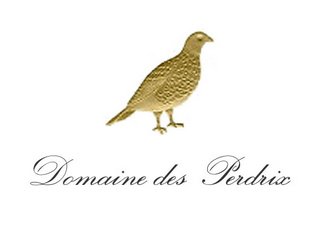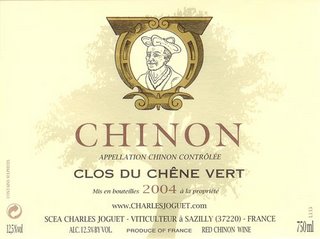Domaine des Perdrix Nuits-Saint-Georges 1er Cru Aux Perdrix
 Domaine des Perdrix
Domaine des Perdrix France
Bourgogne
Nuits-Saint-Georges
Domaine des Perdrix is a small estate with vines covering numerous appellations within the Cote de Nuit. The two that draw the most attention and interest from most burgundy lovers being the wine coming from a large parcel of Grand Cru Echezeaux and the monopole of Aux Perdrix in Nuits-St-Georges. Gamecock garnet is rather appropriate to describe the vibrant colour of this burgundy. A chocolaty floral nose grabbed our attention followed on the palate with concentrated yet acidic dark cherry, berry and coco. New oak is integrating nicely, providing a window for classic burgundian secondary development characteristics.
Domaine des Perdrix Nuits-Saint-Georges 1er Cru Aux Perdrix 1998:
A rich colour, vibrant garnet red with good intensity of hue. Very ripe on the nose, with primary aromas of dark summer berries, predominantly blackcurrants, with some cocoa-rich chocolate and mushroom notes. Quite full on the palate, with a firm, muscular texture, strong acidity and some good tannins. There's lovely, fresh, acidic fruit as well. Overall fairly simple at present, but structured, well balanced and displaying plenty of promise. I have previous vintages of this wine cellared, including the superb 1996.



